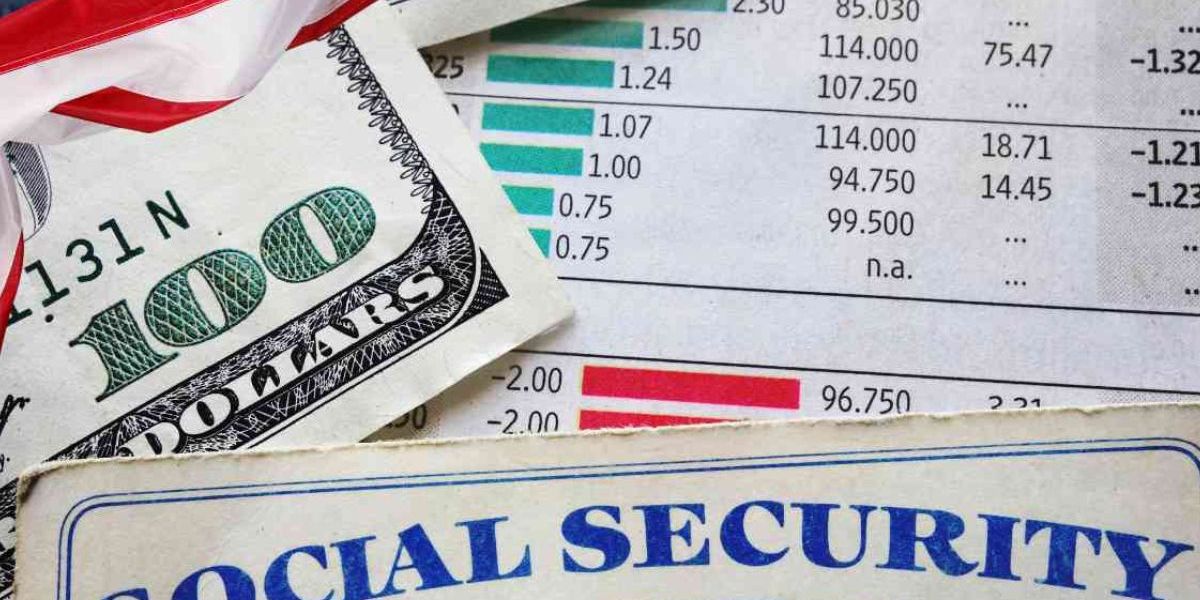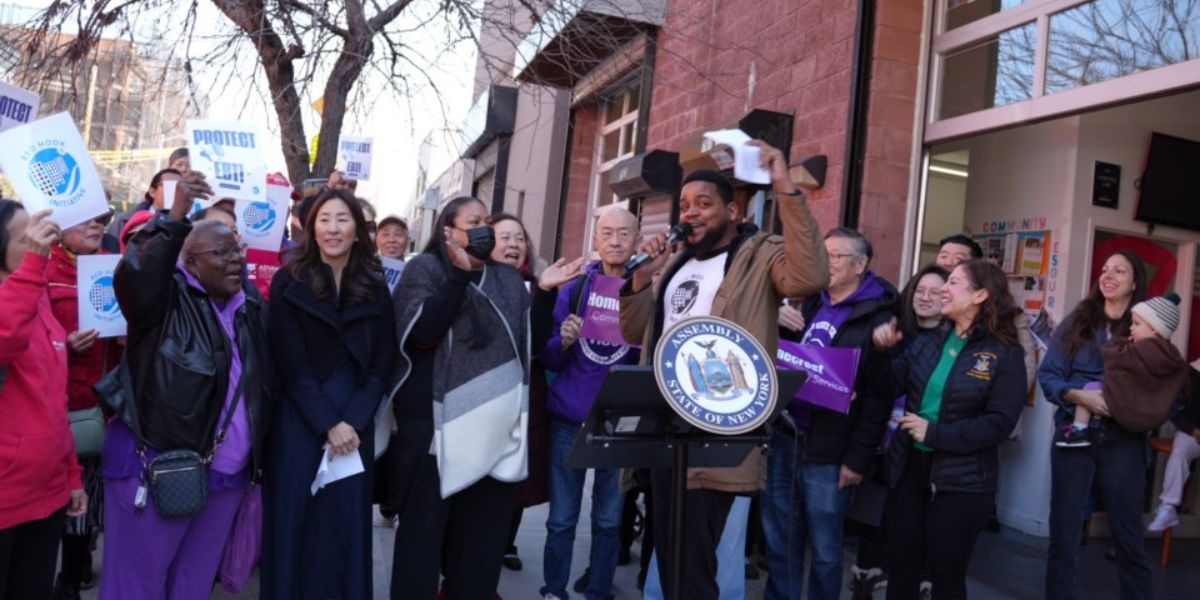This fall, the Supplemental Security Income (SSI) program is set to undergo changes that could result in increased benefits for many recipients. The Social Security Administration (SSA) announced on May 9 a significant update aimed at broadening the definition of what constitutes a “public assistance household,” a move expected to impact beneficiaries positively.
The upcoming changes to the program are designed to expand eligibility and potentially increase payment amounts for some beneficiaries. Additionally, the new regulations are intended to ease the reporting requirements for those living in public assistance households, making it simpler for individuals to access and maintain their benefits.
Martin O’Malley, the Social Security Commissioner, emphasized the importance of these changes in a statement, saying, “I’m committed to making systemic changes to help people access the critical benefits they need, including SSI.” He also highlighted that by streamlining policies and incorporating additional programs like the Supplemental Nutrition Assistance Program (SNAP), the SSA is working to remove significant barriers that currently exist for those seeking SSI benefits.
Impact of These SSI Changes
For current and future recipients, these changes could bring meaningful improvements. The SSA’s new rule will assume that individuals living in public assistance households do not receive financial support from other household members. Previously, any help provided by household members would have been counted as income, potentially reducing the SSI payment or disqualifying the recipient altogether. The removal of this consideration means that more people may qualify for benefits, and existing beneficiaries could see an increase in their monthly payments.
However, the exact amount by which payments will increase remains uncertain. The SSA has yet to provide specific figures, and the impact will vary from person to person. Some individuals will see their benefits rise, while others may not experience any change. The SSA is expected to provide more details as the implementation date approaches, and those updates will clarify how the new rule will affect individual circumstances.
In addition to changing the income calculations, the SSA is revising the definition of a public assistance household. Under the new rule, a household will qualify as a public assistance household if it includes at least one SSI applicant or recipient and at least one other household member receiving public income-maintenance payments, such as SNAP benefits. This update is significant because, previously, every member of the household was required to receive public assistance for the household to qualify. With this broader definition, households with mixed eligibility statuses will still qualify for these benefits, which could lead to an increase in the number of beneficiaries and the amounts they receive.
Another notable change involves the SSA’s approach to in-kind support and maintenance. Earlier this year, the SSA announced that it would no longer consider food assistance—whether from informal sources like friends and family or community programs—when calculating in-kind support and maintenance. This shift could prevent reductions in benefits that might have occurred under the previous policy. Additionally, the SSA is expanding its rental subsidy policy nationwide, which means that recipients who benefit from discounted rental rates or other forms of rental help will be less likely to see those benefits reduce their payments.
The final rule will take effect on September 30, 2024. While it is possible that payment increases could begin as early as October, the timing is still uncertain. Further announcements from the Administration are anticipated, which will provide more clarity on when beneficiaries can expect to see these changes reflected in their payments.
Eligibility for the program remains consistent with current standards. Individuals must be at least 65 years old, blind, or disabled. They must also have limited income and resources, be U.S. citizens, nationals, or certain non-citizens, and reside in one of the 50 states, Washington, D.C., or the Northern Mariana Islands. Additionally, children of military personnel stationed abroad on permanent duty and certain students temporarily studying abroad may also be eligible.




